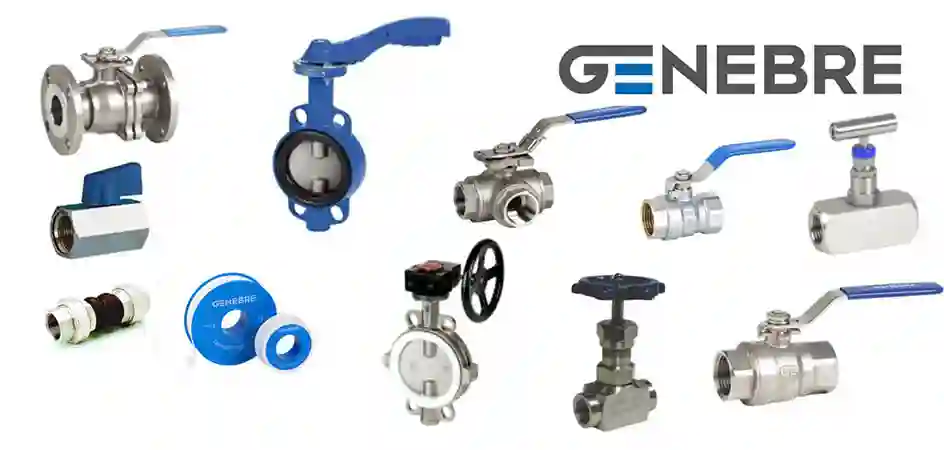Externally viewed pipe and pumping systems are typically viewed as a whole rather than as the sum of their various functional parts. But there is one component that is absolutely essential. They function as valves. They function like small knobs, controlling fluid flow and, if necessary, entirely turning off supplies.
Industrial valves come in a variety of varieties, each of which operates according to a different principle and serves a unique purpose. Here, we’ve covered the nine most typical industrial valve types.
- Ball valves are installed into pipes and have the shape of a hollowed-out ball. By rotating this disk a quarter turn, the van công nghiệp and closes to control flow. The valve’s hollowed end stands perpendicular to the flow direction while closed and is aligned with it when the valve is open.
- Plug valves, also known as cock valves, are used to stop, start, or throttle flow using a cylindrical or tapered plug with a bored hole. The route is opened by turning the handle or wheel to align the plug’s hollow opening with the intake and exit ports. When the solid section lines up with the ports, it is blocked.
- Butterfly valves – These valves, like ball and plug valves, function by using rotating motion. It merely substitutes a thin disk for a cylindrical plug or a ball-shaped device in the flow route. They are simple to operate, incredibly light, and versatile.
- Gate valves: This kind of valve is utilized in taps. The metal gates are raised and lowered to open and close the valve, accordingly. A seat is wedged with a wedge. With gate valves, there is no middle position; the route can only be fully closed or fully opened. Additionally known as sluice valves.
- Globe valves – A globe valve uses linear motion to reduce flow, much like a gate valve. It varies in that it uses a disk rather than a wedge. The benefit of a globe valve is that it does not leak as much as other valves; it can also be modified to lessen or enhance flow. They rank among the most widely utilized valve types in a variety of applications.
- Pinch valves – The design includes a pinching mechanism and a synthetic or rubber-molded sleeve. In the open position, the flow channel is unhindered. By lowering a bar or gate, pinching the flexible membrane, or both, the flow is stopped.
Diaphragm valves function similarly to pinch valves; a flexible diaphragm is inserted and fastened to the seat to stop the flow. It has the benefit over pinch valves in applications where a high level of purity is required because it makes a seal that is incredibly tight.
- Relief and safety valves – As fluids move through the system, there’s a chance that pressure may rise suddenly, which, if left unchecked, could be dangerous. This is especially true if you are working with potentially dangerous fluids. When pressure exceeds the preset point, relief and safety van 1 chiều lá lật periodically release pressure to stop damage.
- Check valves – Check valves prevent fluid from flowing backwards and only permit one-way flow. Non-slam nozzle check valves regulate pressure fluctuations and stop water hammer.
You should get the valves for your piping systems from a reputable industrial valve manufacturer to ensure they provide you with the greatest service. The only way to obtain durable, high-quality industrial valves is through this method.



